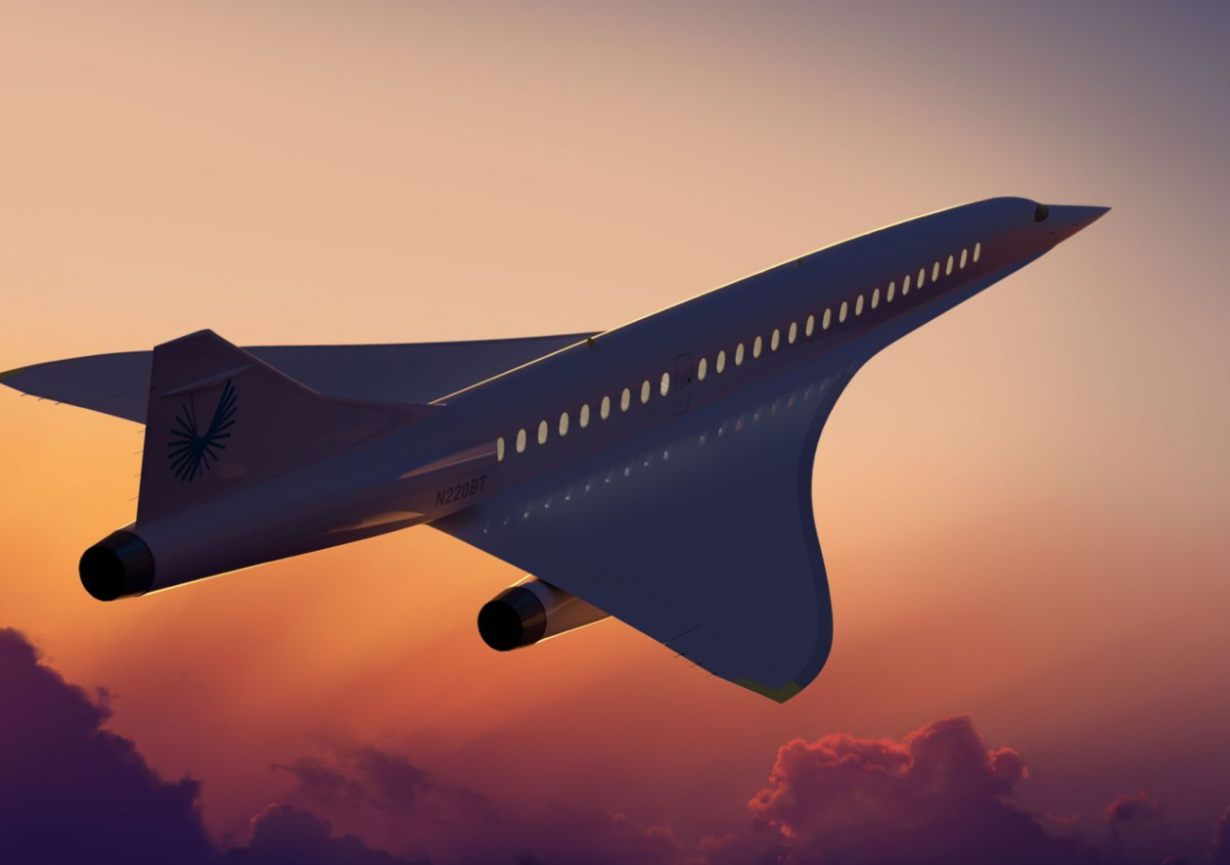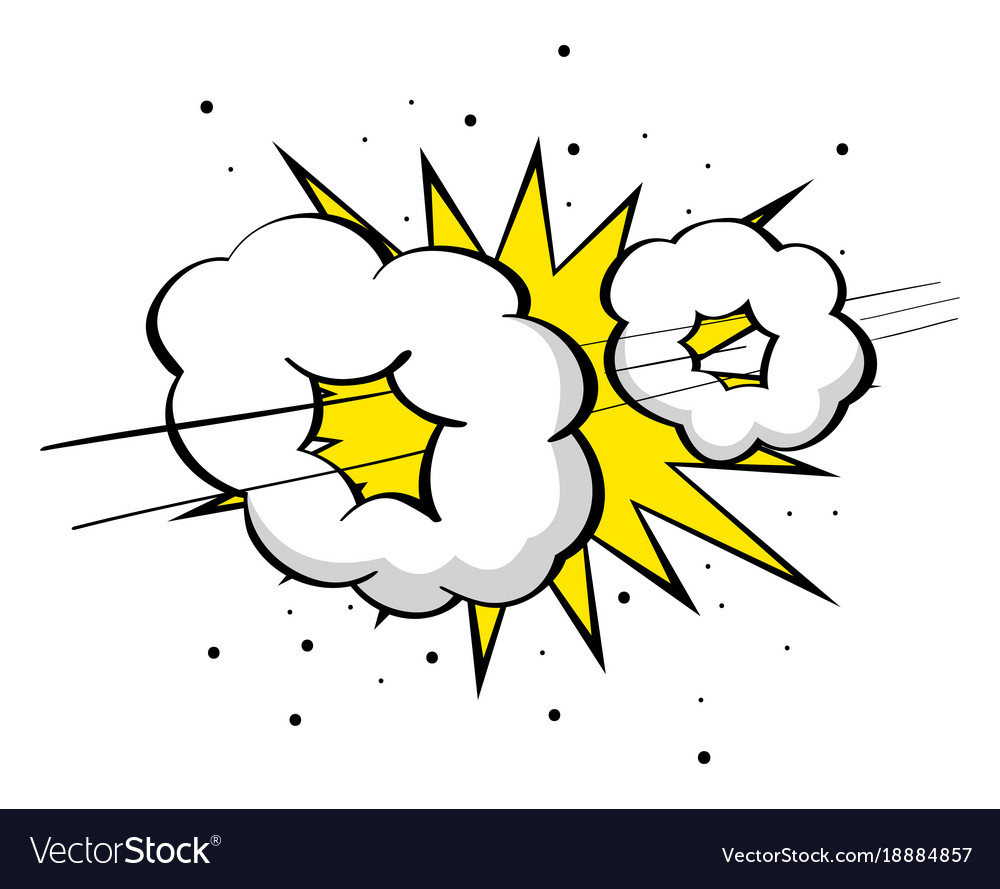

Kratos has inked a deal with one of the most promising supersonic companies on record to do just that. The bottom line is that if supersonic travel is the future, someone must build the engines. Its net loss of $37 million is negligible, so if it can keep or accelerate revenue, it could be well worth a high price. In the fiscal year 2022, Kratos had $898 million in revenue, up 10.7% from 2021. And as heirs to the first successful supersonic passenger engine developed since 1966, Kratos could reap big rewards.Īs a small, growing company, Kratos could fly high thanks to its partnership with Boom. With engineering veterans from the F-22 and F-35, if Kratos can develop a successful engine for Boom, the floodgates for supersonic engine development could open up. Kratos brings the needed supersonic engineering for Boom’s jets.

But despite its ambitions, Boom itself has no experience fabricating jet engines. Boom says it will start carrying passengers by 2029. But it made waves last year when it was picked by Boom Supersonic to design the engine for Boom’s new Overture jet.īoom has a lot of momentum behind it as one of the few companies planning to produce supersonic passenger jets. Kratos Defense (NASDAQ: KTOS ) produces aerospace and defense products for national security. Lockheed Martin may be the safest bet if you want to be on supersonic travel stocks. Even if the X-59 doesn’t work out, Lockheed Martin is still a very profitable aircraft company, with $19 billion in revenue and $1.9 billion in profit in Q4 2022. The X-59 is slated for its first flight in 2023, and if it proves to be quiet, then the sky’s the limit. The sonic boom problem is a government regulation problem that may otherwise doom supersonic jets even if they prove economical. Moreover, it will give them experience tackling a problem no other aircraft has yet solved. While the X-59 is still a government contract and not a planned commercial jet, it paves the way for future Lockheed Martin passenger jets. A better jet design could propel Lockheed Martin into the passenger jet race and convince regulators to change how supersonic jets are regulated, opening up new routes for all supersonic airliners. Lockheed Martin hopes their jet will be no louder than a car door closing. The Concorde was hamstrung by regulation which prevented it from flying most routes, due to locals complaining about its sonic boom. Lockheed Martin is collaborating with NASA on a supersonic aircraft with a softer sonic boom called the X-59. But while most people only know them for fighter jets, Lockheed is at the forefront of developing supersonic passenger jets as well. Lockheed Martin (NYSE: LMT ) is a well-known name in the field of supersonic jets. Here are three companies to invest in for that dream to come true. Better engines, wings, and bodies may allow a modern supersonic passenger jet to travel quietly over long distances, carrying many more passengers than the Concorde.įor more than half a century, supersonic passenger jets have been the dream of airliners worldwide. Still, modern companies think they have answers to all these questions. Finally, its loud supersonic “boom” was despised by those on the ground, and it was regulated only to allow limited flight paths over the oceans. And it carried fewer passengers per flight at much higher prices than its competitors. The Concorde itself had low fuel efficiency relative to its peers. The drawbacks of supersonic flight should not be understated, though. And the shorter flight means pilots don’t have to work as long, saving time and the company money.

A shorter flight means more flights can be made, potentially increasing a route’s throughput. The benefits of a supersonic jet aren’t just for restless passengers. And even greater time savings could be made with trans-pacific routes. The modern flight time is more than 7 hours. For reference, the Concorde flew from New York to London in less than 3 hours. While modern jets allow safety and convenience for passengers, supersonic jets can shorten travel times to a fraction of what they currently are. Since the end of the Concorde in 2003, the world has lacked a supersonic passenger jet.


 0 kommentar(er)
0 kommentar(er)
